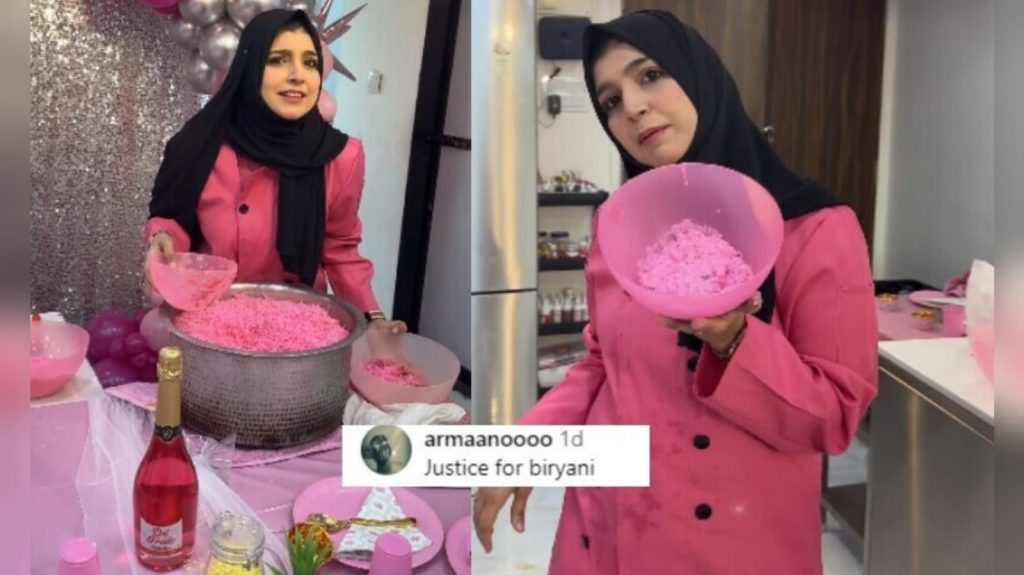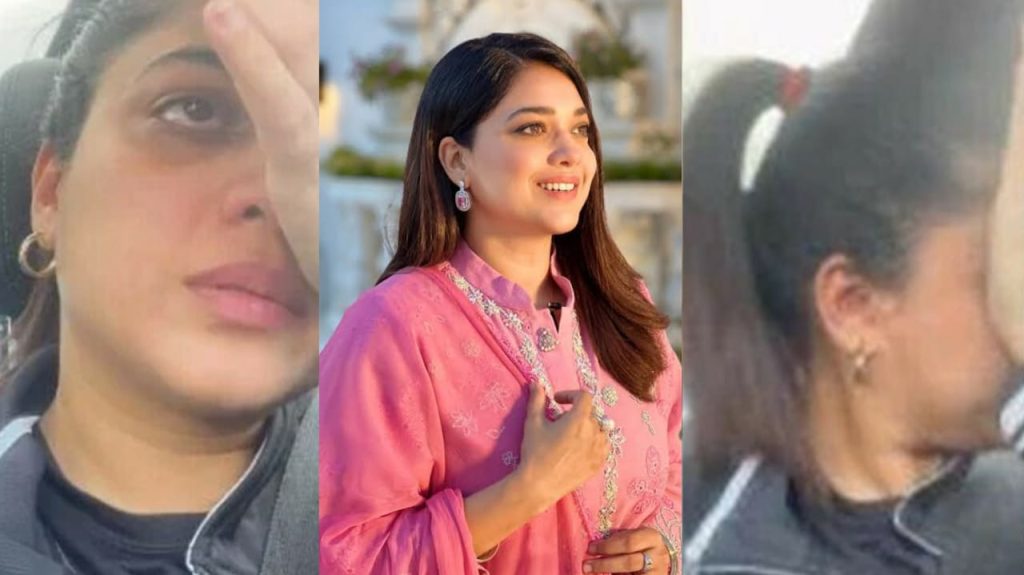Tie-dye is fun art; people have been using it for a long time to add color to their boring fabrics by dyeing them vibrant with colorful designs. It is not only limited to clothes but now has achieved a whole new level; people being creative with dyeing have dyed from bedcover, pillow covers to shoes and socks as well. This is the reason why people learn how to tie dye dress or shirts.
Tie-dye techniques have been used by Indians as their traditional thing, the type of tie and dye technique they used is called bandhani in their language. In other parts of the world like Africa, China, and Japan, they used tie-dye for beautifying their things not specifically for dying purposes.
Initially, this dyeing technique was used from the flower, leaves, and herbs extraction. Later on, as things progress, synthetic products come along. Synthetic dyeing products are easy to apply, give off better application results, and are less messy. And in comparison with the old days, dyed fabrics are now more liked and fashionably adaptable.
Now, here is how you can use tie-dye techniques simply and easily.
How to Tie Dye?
Set the Environment
Make the room environment friendly for dying for instance, if you have decided to work in your room, make a considerable space, clear the mess, and spread some sheets on the floor to avoid further mess.
Or you can go outside in the backyard, on the roof with friends and family to have some fun family time together.
Gather children from nearby could be neighbors and cousins. And set a mini learning camp with some fun music to get kids engaged in the activity.
Make the Arrangements
Collect all the essentials beforehand to avoid any disturbance while dyeing; the following things you will need;
- The thing to dye: this thing could be a shirt, socks, table-cover, pillow cover, handbag, shoes, etc. You can also leave this option on kids, whatever they can bring to dye from their creative minds.
- Dye the obvious: synthetic dyes that are available commercially are best to use for dyeing if you are doing it yourself or teaching your peers. Safe to use and easy at handling.
- Personal gloves: everybody should have their own individual plastic disposable gloves to protect their hands. Because in contact with such products skin might have an allergic reaction, or irritation can happen. Safety first!
- Elastic bands: one of the essential is an elastic band to tie fabric altogether for proper dyeing results
- Miscellaneous: this includes scissor, water, spray bottle, plastic bags, bucket, tissue paper, cleaning wipes, sort of things to learn how to tie dye
Let’s Start the Action
Place the fabric on the table or floor and spread it, then start folding it in circles or place the finger in the middle and spin it around to make a classic spiral. Or you can go for any fold, think out of the box, do some crazy folds and create something new but not forget to tie the fold with an elastic band.
Now add the dye (powder/liquid) to the bottle with water and shake it well until it’s thoroughly dissolved. You can make different color combinations of your choice; for instance, a primary color when mix with another color, creates a new one.
The execution part came where you need to apply the prepared dye to the fabric, which has to be a little warmly washed clothes. Then wait for some time and keep them in a bag for a day or half.
See the results
The final step is to bring the dyed cloth out of the plastic bag, remove the elastic band by cutting it with scissors and start unfolding the fabric.
Place the dyed cloth in a bucket full of cold water, wash it with your hands, and remove the excess color just by washing it gently. After that, you need to refill the bucket with some hot water available to ensure no particles are left. Hang it on a stand to let it dry completely.
And finally, you teach others and yourself how to tie dye.
Create New Designs with Tie-dye Techniques
This is how you can dye any of your fabrics, and people are doing so for a long time. But not to miss that there are many techniques you can use to dye that are famous too. Here are a few of the most famous tie and dye shirt designs listed below;
Bullseye Pattern
This technique is used to make the circle in the middle of the shirt. Bullseye is simple when it comes to dye. Each banded section can be a different color or the whole thing can be one color. White rings will appear where the rubber bands are so it’s totally up to you what colors you want the bullseye rings to be!
When applying dye, place colors next to each other that will blend nicely together. If you place two colors next to each other that will turn brown when mixed, be sure to leave ample white space between the colors to allow each color room to bleed.
Nebula Pattern
This pattern is used to look dye scattered all over the shirt. The crumple/nebula tie dye method doesn’t need a lot of supplies. It’s actually one of my favorite ways to use up extra supplies when I’ve finished other tie dye projects.
You see, once you’ve mixed up your dye, you can’t store it indefinitely. It starts to lose effectiveness over time.
Diagonal Hoop Design
It’s a unique style that makes shirts colored in two halves both possess different colors. To make it, lay the T-shirt flat and fold it accordion-style from the bottom corner. Once folded, wrap with rubber bands every 1 to 2 inches.
Polka Dot Pattern
One of the favorite designs worldwide just needs to make multiple dots and tie a knot dye the colored part only and here you go a lovely polka dot tee. Gather a handful of plastic beads or dried beans. Cut plastic wrap into squares that are about four times larger than the beads or beans. Place a bean or bead inside the shirt, then place a piece of plastic wrap on top of the shirt. Working with just the front layer of the shirt, wrap a rubber band tightly around the plastic- and shirt-covered bead or bean, as shown. Repeat to make more dots. Wet the tee before dyeing it.
There are many tie dye shirts Pakistan that you can buy but there’s no fun in buying when you can customize your shirt yourself at home! You are now pretty much familiar with tie and dye basics and its most famous folding styles so, what in the world are you waiting for? Try out some patterns with vibrant colors this spring.















